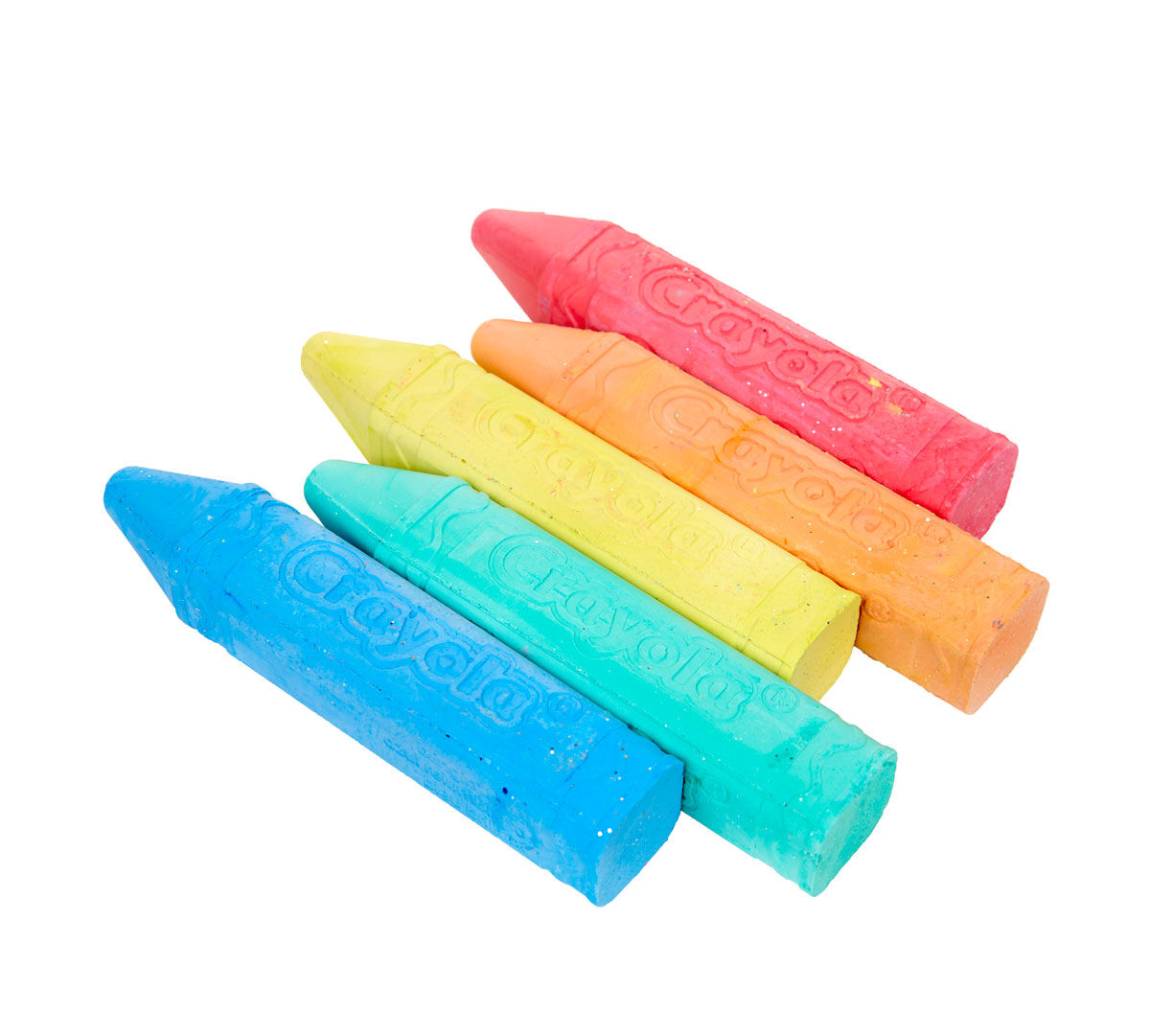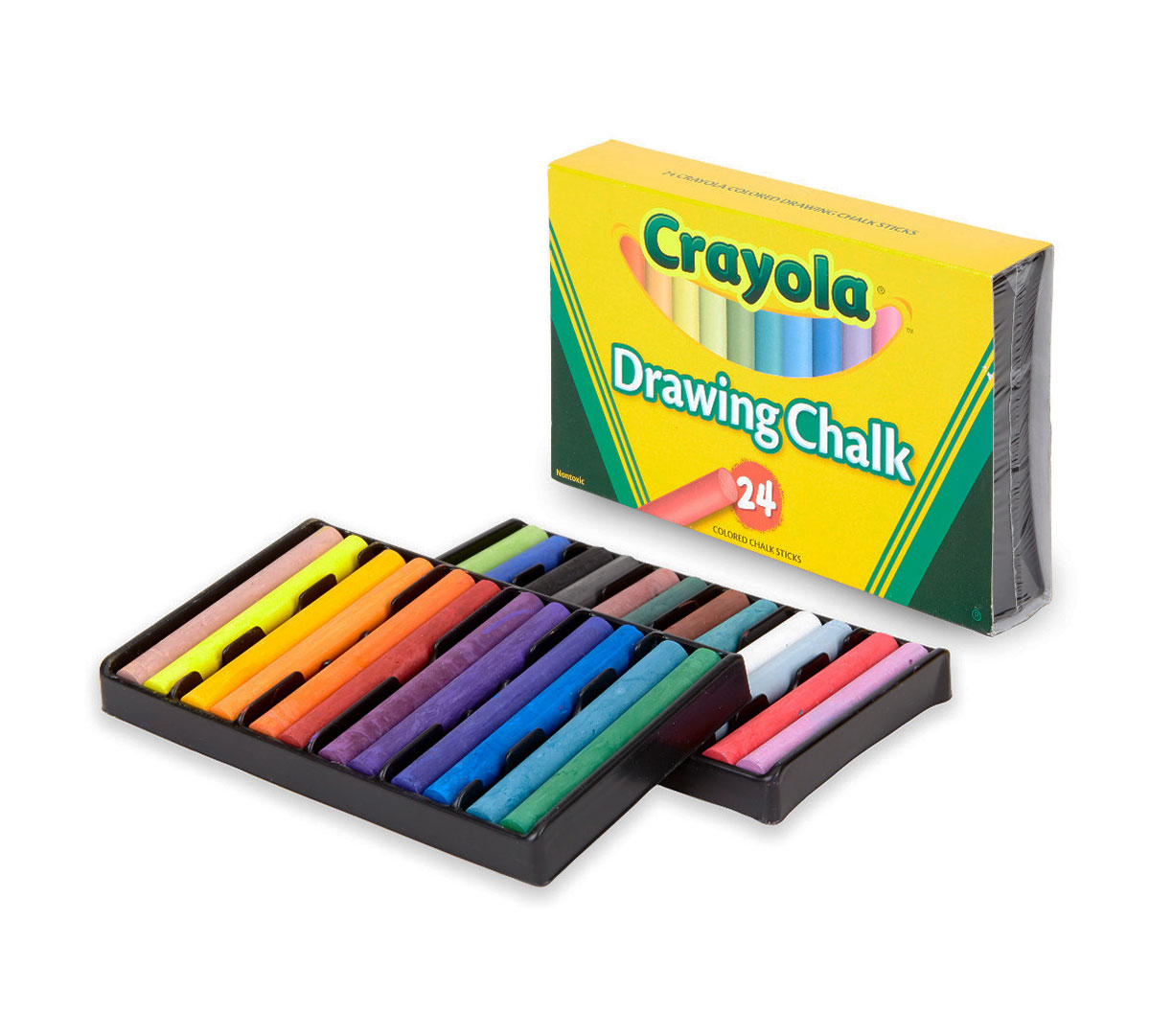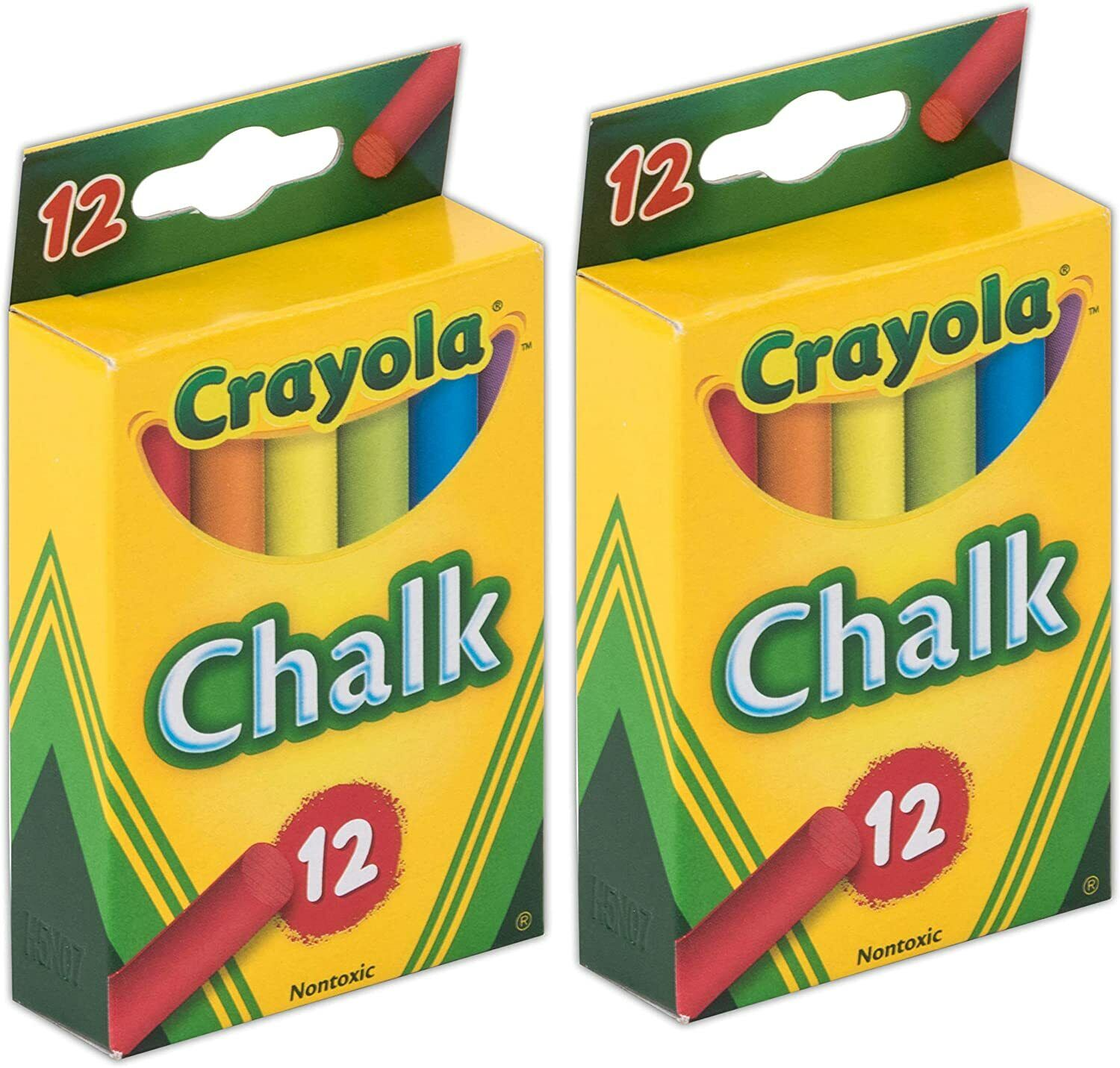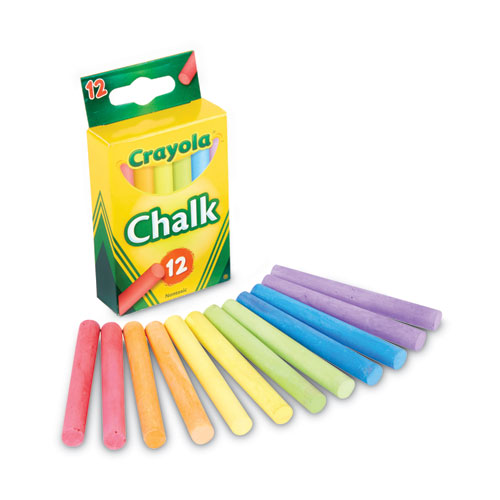Introduction to Crayola Chalk
Crayola chalk has been a beloved part of childhood for generations. The vibrant colors and ease of use make it a favorite among children, parents, and educators. While Crayola is famous for its crayons, their chalk products have an equally strong following. From playtime on the sidewalk to creative projects in the classroom, Crayola chalk offers endless possibilities. This article explores the various aspects of Crayola chalk, from its composition and benefits to its diverse applications and how to get the most out of it.

Composition and Properties of Crayola Chalk
Safe and Non-Toxic
Crayola chalk is renowned for its safety. It’s non-toxic and safe for children to use. Parents and teachers trust Crayola products because they undergo rigorous testing to meet safety standards. This ensures that the chalk is free from harmful chemicals, making it suitable for young children.
The non-toxic nature of Crayola chalk extends its appeal to parents who prioritize their children’s health and safety. Knowing that the chalk is safe for both the users and the environment adds peace of mind. This makes it a preferred choice for classrooms and homes alike.
Vibrant Colors and Smooth Application
One of the most notable features of Crayola chalk is its vibrant colors. Unlike traditional white chalk, Crayola offers a wide range of hues. From bright reds and blues to soft pastels, the color variety encourages creativity. This makes drawing and writing more engaging and enjoyable for children.
Crayola chalk also glides smoothly across surfaces. The rich pigmentation ensures that colors are vivid and easily visible. This smooth application is ideal for detailed drawings and precise writing. The high-quality formulation ensures consistent performance, whether the chalk is used on blackboards, sidewalks, or other surfaces.
Durability and Longevity
Crayola chalk is designed to be durable. It resists breaking and crumbling, even with vigorous use. This sturdiness makes it a reliable tool for children who may not always handle materials delicately. The chalk’s longevity means that it can withstand repetitive use, providing value for money.
The durability extends to outdoor use. Crayola sidewalk chalk is weather-resistant to a certain degree. While heavy rain can wash it away, the chalk can withstand light moisture and wind. This makes it suitable for a range of outdoor activities, ensuring that children can enjoy creative play outside.
Applications in Education
Classroom Use
In educational settings, Crayola chalk serves as a valuable tool. Teachers use it for writing on blackboards and creating engaging lessons. The colorful chalk can highlight important points, making it easier for students to grasp key concepts. The visual appeal of Crayola chalk enhances the learning experience.
Teachers also use Crayola chalk for creating educational visual aids. Diagrams, charts, and illustrations drawn with colorful chalk can make complex topics easier to understand. This is particularly useful in subjects like math and science, where visual representation aids comprehension.
Student Participation
Crayola chalk encourages student participation. Teachers can invite students to the board to solve problems or draw illustrations. This interactive approach makes learning more dynamic and engaging. It helps students develop confidence and communication skills.
The versatility of Crayola chalk also supports various classroom activities. Students can use it for art projects, where they can explore their creativity. The wide range of colors allows for detailed and vibrant drawings. Group activities using chalk foster collaboration and teamwork among students.
Special Education
In special education, Crayola chalk has a unique role. The tactile feedback from using chalk can benefit children with developmental delays or sensory processing issues. Drawing and writing with colorful chalk can engage multiple senses, making learning activities more effective.
The non-toxic nature of Crayola chalk ensures that it is safe for all students, including those with medical conditions that might make them more sensitive to certain materials. The vibrant colors can hold the attention of children who might otherwise find it difficult to stay focused.
Creative Uses at Home
Artistic Expression
At home, Crayola chalk offers endless possibilities for creative expression. Children can use it to draw and write on various surfaces, from sidewalks to chalkboards. The vibrant colors and smooth application make it a joy to use. This encourages children to explore their imagination and artistic skills.
Parents can set up creative spaces where children can freely use chalk. A designated chalkboard wall or a section of the driveway can become a canvas for endless creativity. This not only provides entertainment but also fosters a love for art from a young age.
Learning Through Play
Crayola chalk is a great tool for learning through play. Parents can use it to teach letters, numbers, and shapes. Drawing and tracing activities can help children develop fine motor skills. The engaging nature of colorful chalk makes learning more enjoyable and effective.
Simple games like hopscotch or sidewalk tic-tac-toe become educational opportunities with Crayola chalk. Parents can use these games to reinforce counting, recognition of shapes, and following instructions. This combination of play and learning makes educational activities more appealing to children.
Family Activities
Crayola chalk can bring families together. Parents and children can collaborate on large sidewalk murals or other creative projects. This fosters bonding and creates lasting memories. The temporary nature of chalk art allows for continuous experimentation and new projects.
Family competitions or collaborative designs using Crayola chalk can turn an ordinary day into a fun and memorable event. Encouraging each family member to contribute their ideas and creativity promotes teamwork and appreciation for each other’s efforts.
Outdoor Fun with Crayola Sidewalk Chalk
Sidewalk Games
Crayola sidewalk chalk is perfect for outdoor games. Classic games like hopscotch, four square, and sidewalk tic-tac-toe come to life with vibrant colors. These games are not only fun but also promote physical activity. Children can burn off energy while engaging in creative play.
Creating these games together can be a family activity. Parents and children can collaborate on drawing the game layouts. The temporary nature of chalk allows for endless variations and new game ideas. This encourages creativity and problem-solving skills.
Themed Activities
Crayola sidewalk chalk can turn any outdoor area into a themed adventure. Parents can draw scenes from favorite stories or movies, creating an interactive experience for their children. This can include drawing a treasure map for a pirate adventure or a backdrop for a fairy tale.
These themed activities can enhance children’s storytelling and imaginative play. The visual elements created with Crayola chalk can transform ordinary play into an immersive experience. This fosters creativity and helps children develop narrative skills.
Art Shows and Competitions
Crayola sidewalk chalk is often used in art shows and competitions. Communities organize sidewalk chalk art events where artists of all ages can showcase their talents. Participants create stunning murals and compete for prizes. These events foster community spirit and provide a platform for creative expression.
In family settings, organizing informal art competitions can be a fun way to engage children and adults. Setting up a theme and judging criteria adds an element of challenge and excitement. This not only encourages artistic skills but also promotes healthy competition and mutual appreciation.
Professional and Industrial Applications
Construction Markings
While primarily designed for children, Crayola chalk can also find applications in professional settings. Construction workers sometimes use Crayola sidewalk chalk for temporary markings. Its vibrant colors and ease of application make it suitable for marking measurements and guidelines.
The temporary nature of Crayola chalk means that these markings can be easily removed once the task is completed. This flexibility is valuable in dynamic construction environments where plans and measurements may frequently change.
Event Planning
Event planners can use Crayola chalk for creating temporary signs and decorations. Chalkboard signs can be customized with vibrant chalk drawings, adding a playful and personal touch to events. This is particularly popular in informal settings like birthday parties, weddings, and community gatherings.
The ease of erasing and rewriting makes Crayola chalk ideal for events where information may need to be updated frequently. It allows for real-time customization, ensuring that all signage and decorations are accurate and relevant.
Public Art Installations
Crayola chalk can also play a role in public art installations. Artists use sidewalk chalk to create temporary murals and interactive art pieces in public spaces. The vibrant colors and smooth application of Crayola chalk make it a preferred choice for these projects.
Public art installations using Crayola chalk can engage communities and encourage public participation. Artists can create large-scale works that invite interaction, allowing the public to contribute to the artwork. This fosters a sense of community and adds vibrancy to public spaces.
Caring for and Maintaining Chalk Surfaces
Routine Cleaning
Maintaining chalk surfaces is essential for optimal performance. Regularly cleaning chalkboards and other surfaces ensures that they remain usable and provide a smooth, clean slate for new drawings and writings. A simple dry cloth can remove daily chalk dust, while a damp cloth can handle more stubborn marks.
For outdoor chalk surfaces, a hose or a bucket of water can clean away the chalk. This is particularly useful after a day of sidewalk play. Regular cleaning ensures that the surface remains in good condition and provides a fresh canvas for the next creative session.
Deep Cleaning
Deep cleaning chalk surfaces periodically can help remove residual dust and buildup. For chalkboards, using a mixture of water and mild soap can effectively clean the surface. It’s essential to rinse thoroughly and dry the board with a soft cloth to prevent any soap residue from affecting the chalk’s performance.
Outdoor surfaces can benefit from a thorough washing with a hose or a pressure washer. This removes any remaining chalk dust and dirt, ensuring that the surface is ready for the next use. Regular deep cleaning extends the life of the surface and maintains its usability.
Handling and Storage
Proper handling and storage of Crayola chalk ensure its longevity. Storing chalk in a cool, dry place prevents it from becoming too brittle or developing mold. Keeping chalk in a box or container protects it from damage and makes it easy to find and use.
Encouraging gentle handling, especially among young children, can prevent unnecessary breakage. Teaching children to store chalk properly after use promotes responsibility and ensures that the chalk remains in good condition for future projects.
Conclusion
The Enduring Appeal of Crayola Chalk
Crayola chalk continues to be a beloved tool for creativity and learning. Its vibrant colors, safe formulation, and versatile applications make it a staple in homes, classrooms, and communities. Whether for artistic expression, educational activities, or outdoor fun, Crayola chalk offers endless possibilities.
The durability and ease of use of Crayola chalk ensure that it remains a reliable choice for both children and adults. Its ability to engage and inspire creativity makes it a valuable tool for fostering artistic skills and imaginative play. Crayola chalk stands out as a timeless and versatile medium, encouraging creativity and learning across generations.




